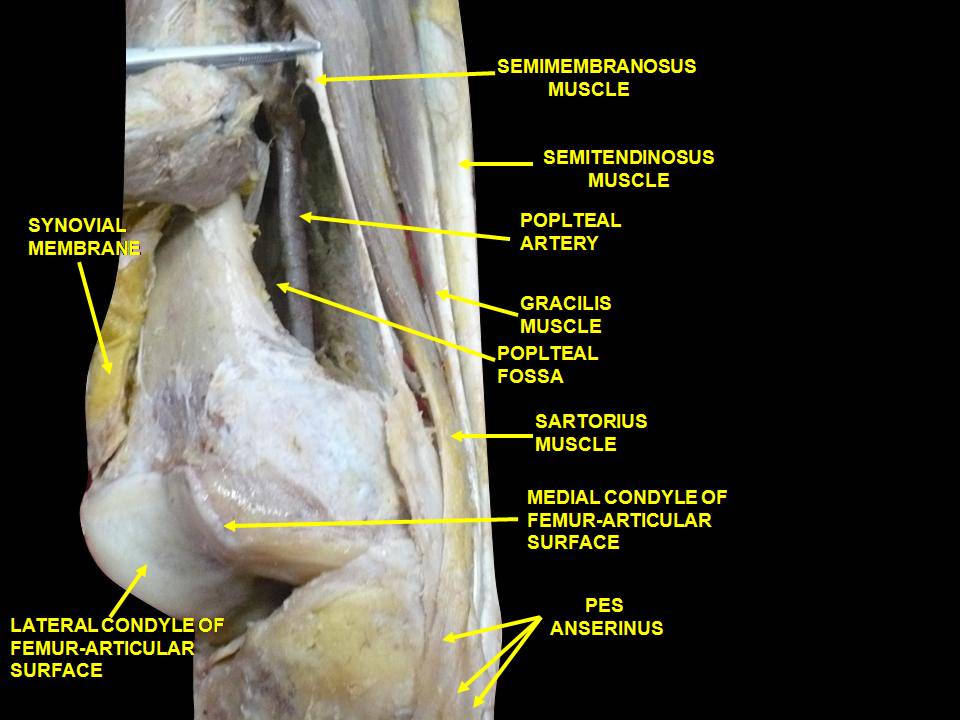The Bird Dog rehab exercise is neurologically incorrect. Know what you are asking your client to do, and why..
/Runners, athletes . . . Even in your drills, do it correctly !
Is this Bird Dog standing up? No, look more closely.
Photo #1: pull that right swing leg outwards with your abductors/external rotators. Do not let the knee drift inwards, it will lead to that foot targeting the midline. Plus, because of the neurologic links, it will encourage the left arm to cross the mid line (see yesterdays FB blog post). The upper limb movement can shape lower limb movement. An aggressively narrow cross over gait is undesirable in many aspects, it might be more economical, but it has a wallet full of potential liabilities.
IF you train your machine in a lazy manner, it is not unlikely it will perform as such. Get that knee under the shoulder, not under your head.
Aside from that, this is a good drill. It is neurologically correct. Note that:
- the right arm is in extension and the left hip is in extension
- the left arm is in flexion and the left knee is in flexion.
This is neurologically correct cross crawling.
* VERY important point:
the Bird Dog exercise is not neurologically correct for the reason of training the proper crossed patterning from a neuro perspective. Note that in the 2nd photo, the bird dog, the same left arm is in flexion, but his left leg is in EXTENSION ! If you want to use the bird dog to teach core engagement, that is one thing, but do not think you are coordinating normal gait patterns or the proper crossed response. This is why we do not use the Bird Dog with our patients, it goes against training fundamental gait patterns.
When we crawl, we use the following pattern:
- the right arm is in extension and the left hip is in extension
- the left arm is in flexion and the left knee is in flexion.
This is neurologically correct cross crawling. Don't believe us ? Get on the floor and crawl like an infant, it is no where near the bird dog exercise, in crawling the coupled crossed extension and flexion responses are NOT conflicting. So, just because the Bird Dog "sort of looks like crawling" do not get it confused with crawling, because it is not. It is a mere balance exercise, some use it for the core stability, but it is one based on UN-fundamental neurologic patterning we use every day.......something called gait, and running, things we do in our sports. So understand what message you are sending to the CNS.
We are not saying the Bird Dog does not have value, not at all, but if you are not thinking about what it actually is doing, you might be driving patterns you do not want.


























